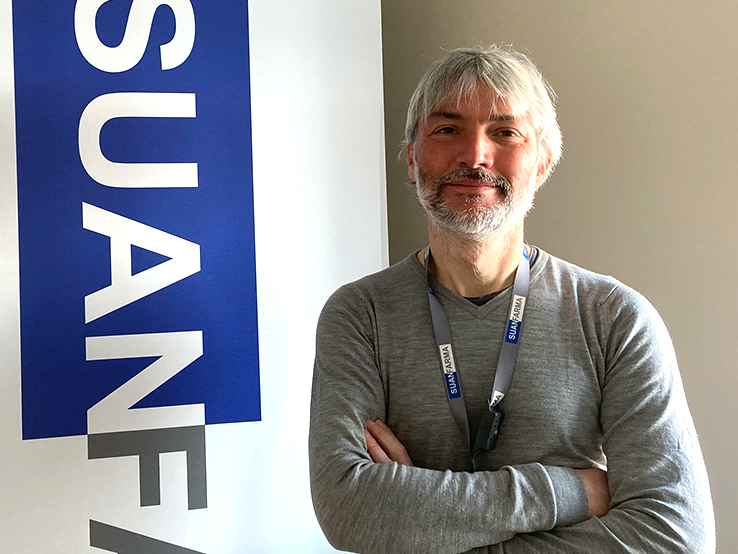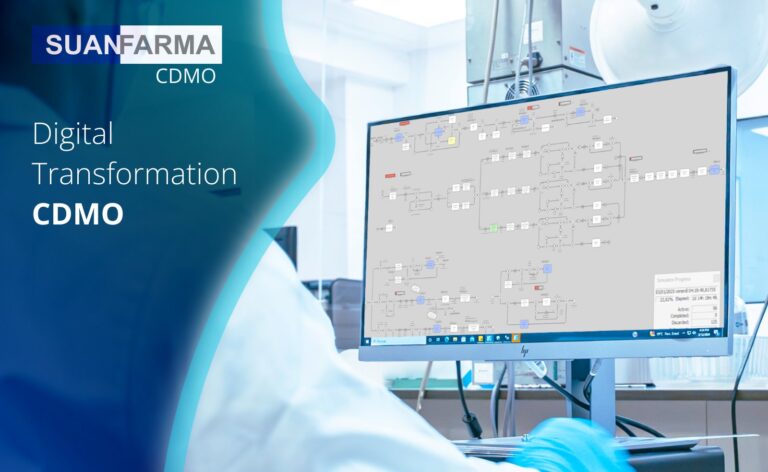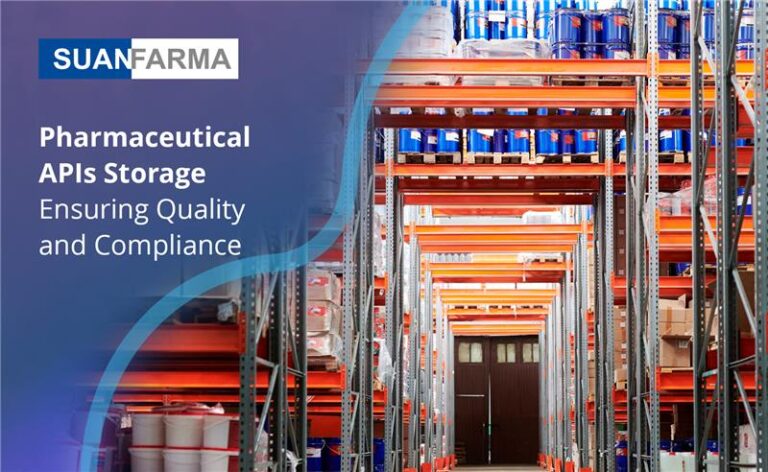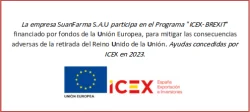What role does Maintenance and Assets Management play in a thriving production environment? Massimo Cescono, Maintenance and Assets Manager in SUANFARMA Italia explains his role in this interview.
What does a Maintenance & Assets Manager do?
To answer this question we can start from a simple transposition to everyday life. All of us at one point or another has experienced a breakage or fault in their home or their car, as an unpleasant nuisance: inability to use the machine, an unexpected expense to burden the family budget, face the discomfort of the sudden lack of the good. Therefore, all of us are led in our daily lives to be domestic maintenance managers to pursue reliability at the lowest cost of our “assets”.
In the industrial field, maintenance pursues the same mission, i.e. to maintain or bring back any asset in a state in which it can perform its function at its best, throughout its life cycle: every asset, whether it is a machine, an instrument or a building, has its own life cycle: during this time the asset ages, breaks down, is repaired, until its final replacement.
The maintenance and overhaul of plants in an industrial reality are a fundamental part of a company that operates in the production field and has the objective of designing and structuring processes and actions able to maximize the availability of plants and ensure their full functionality while optimizing costs.
In a modern and strategic vision, the common definition of maintenance as “repairing if it breaks” has been overcome for years: the mission of those who deal with assets management is increasingly to ensure the full operativity of plants, aiming to avoid failures by operating in a scientific and rational way, with the aim of engineering more and more maintenance processes.
Therefore, in today’s industrial world, the maintenance manager has the task of guiding a staff of collaborators towards a vision of modern and effective maintenance, where design and analysis become fundamental parts of structured processes aimed at minimizing failures. In extreme terms, the stereotypical figure of the greasy, spanner-wielding maintenance technician must be transformed into a team of people who, with different roles, design, analyze and operate before damage occurs.
Increasingly, we are talking about preventive maintenance or predictive maintenance or improved maintenance.
This is why the role of the maintenance and asset manager must strive to find structured and standardized processes in all phases of the process: from the design of the maintenance plan to performance control, through budgeting, planning and scheduling of interventions, cost management and spare parts, data collection and failure analysis.
What are the main objectives of your role?
The main objective is to ensure the availability and preservation of the company’s assets, contributing to the overall improvement of the performance of the production system.
In order to achieve this goal, it is necessary to adopt mainly and widely a proactive behavior, which privileges the prevention of the failure rather than the intervention afterwards, looking for
innovative solutions and designing the maintenance to avoid suffering the effects of a failure.
Refine the reactive behavior tending to the minimization of the recovery time after a failure. Select among the interventions those that are more consistent with the general objectives of the company. This is the best way to plan and organize the necessary internal and external resources.
This is a good way to ensure that the firm’s work is consistent with its overall goals.
In my view, it is necessary to adopt an overall vision, overcoming the compartmentalization between different functions and departments, in favor of an inter-functional approach in which collaboration between entities becomes fundamental. The old concept of “I break, you fix” must be overcome.
A process must be defined and implemented to assess and control the risk and costs associated with the various assets, identifying the criticalities present and prioritizing the use of resources (human, technical, financial) accordingly. This allows to make rational evaluations between the possible alternatives of maintenance approach and to choose the one that allows the best compromise between conflicting factors such as risk, performance and costs associated with the life cycle of an asset.
The long-term sustainability of operations (e.g. maintaining performance, environmental impact, social responsibility) must always be taken into account.
How does the Lean methodology applied by SUANFARMA Italy influence your work?
The engineering of maintenance necessarily passes through a lean vision of the whole process both in terms of objectives and methods. Maintenance is often and erroneously seen as a cost, but it is an opportunity. Without maintenance, no one could guarantee performance and waste reduction. In this context, the various lean methodologies have also found fertile ground in the field of maintenance.
In terms of methods, maintenance must also operate constantly and in all its phases with the guidance of the deming cycle: plan, do, check, act.
From the definition of maintenance strategies to the simple analysis of a fault through an RCM analysis, the deming cycle must be a mantra.
Establish objectives and define maintenance plans to achieve the targets of the strategic business plan, implement actions and systems to achieve the plans. Monitor and collect data and verify performance against expected results. Identify actions to ensure continuous improvement of performance. all these points are the basis of any maintenance process.
A systematic approach must be implemented that allows the definition and use of methodologies that guarantee decisions and actions that can be documented, measured, repeated and/or improved.
The modern evolution of maintenance fortunately offers methodologies quite widespread and applied on a large scale in all industrial contexts. The skill and ability is to apply the correct methods adapted to the reality in which it operates to achieve the objectives. Specifically, during this year in the maintenance team is underway a large project that aims to standardize the maintenance process, and that involves all phases from programming to scheduling until the final balance of interventions. On the basis of the data obtained, it will then be easier to revise the maintenance plans.
What are the essential skills for a Maintenance & Assets Manager?
It is often believed that the maintenance and assets manager must be a very well prepared technician. Personally, I believe that this statement is not entirely correct. Often the technical skills lie in the team, which is often composed of people with extensive experience in the field.
Therefore, one of the most important skills is knowing how to make the most of the wealth of knowledge and experience that resides within the company and the people you work with on a daily basis. They must be able to convey to their team a modern and innovative vision of maintenance, stimulating and guiding them in their choices to aspire to an ideal maintenance model.
The maintenance technician is often called upon to solve problems “as soon as possible and as best as possible”, elements that through hasty decisions could be in antithesis with the ultimate goal of maintenance which is not only to repair but to prevent failures from recurring. Therefore, another fundamental skill is to act methodically, analyze problems in every facet, apply common methodologies as a guide to excel in problem solving.
Three words to describe SUANFARMA
Challenging, motivating, familiar










